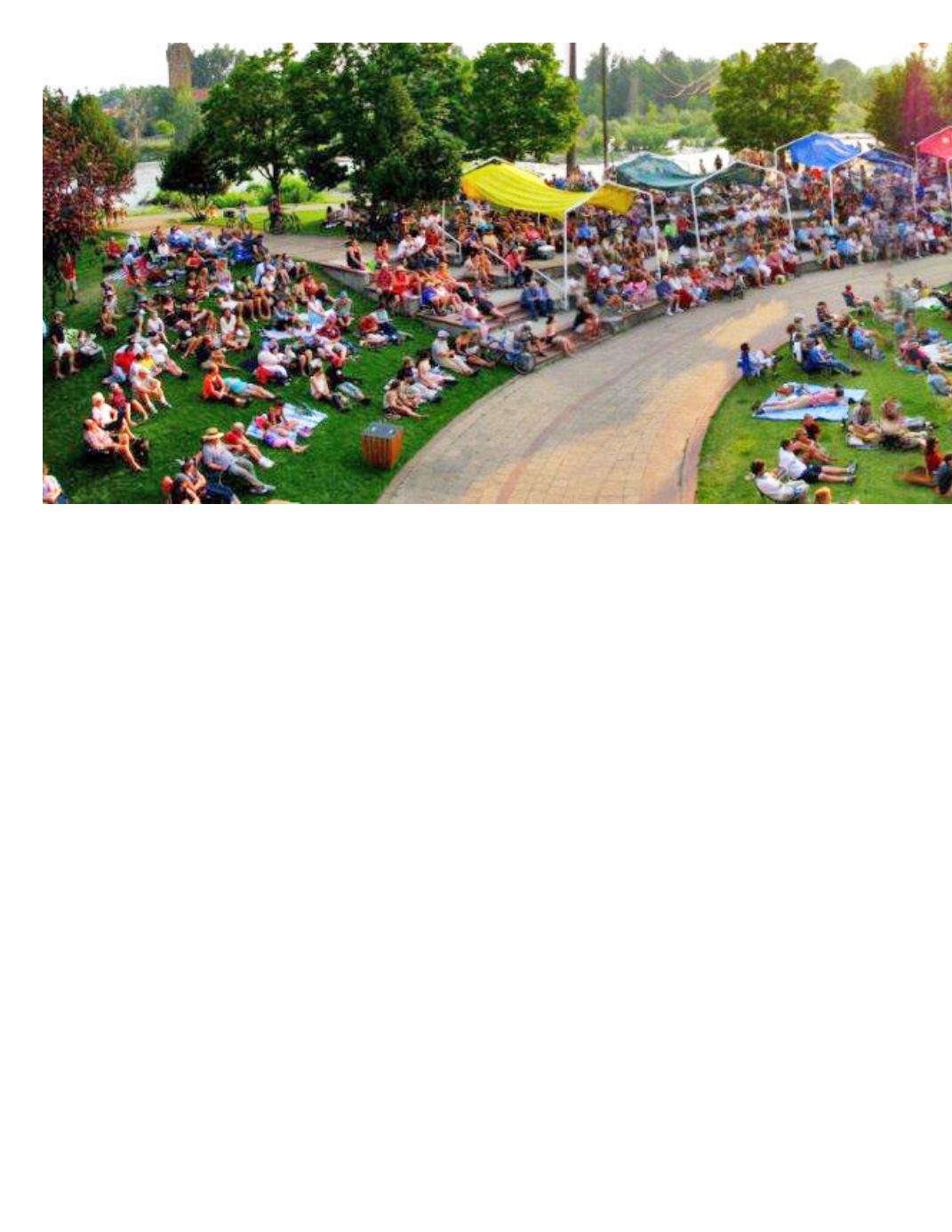
90 | Business World Magazine |
Aug/Sep 2013
time when the environmental picture wasn’t
so finely focused. To put that in proper per-
spective, it is necessary to delve back to an
era when mining and timber operations ac-
counted for so much of the life here. Long
before it gained prominence as a city, this
area was simply considered an extension
of the Washington Territory, until a small
settlement known as the Hellgate Trading
Post was established in 1860. This trading
post grew along with a proliferation of mill
operations that supported the increasing
encroachment of Western settlers, and over
the century of comings-and-goings that fol-
lowed, lumbering continued to comprise the
lion’s share of economic activities here. In
fact, this would become the site of the head-
quarters for the U.S. Forest Service. While
the large scale processing of timber lefts scars
on the terrain, the sheer number of smoke
stacks took a toll on air quality.
Mayor Engen recalls that as a young boy
growing up in Missoula, he participated in
one of the early studies involving air quality, a
process that required him and other students
to take turns breathing into a tube. Analysts
were ultimately trying to determine the ex-
tent to which people’s lungs were polluted.
As Engen says, “It was one thing to always
smell the smoke in the air, but you could feel
it burning in your lungs too.”
Area waterways were also impacted by
The annual variety of art exhibitions, concerts and community festivals have led to Missoula’s designation as the cult


